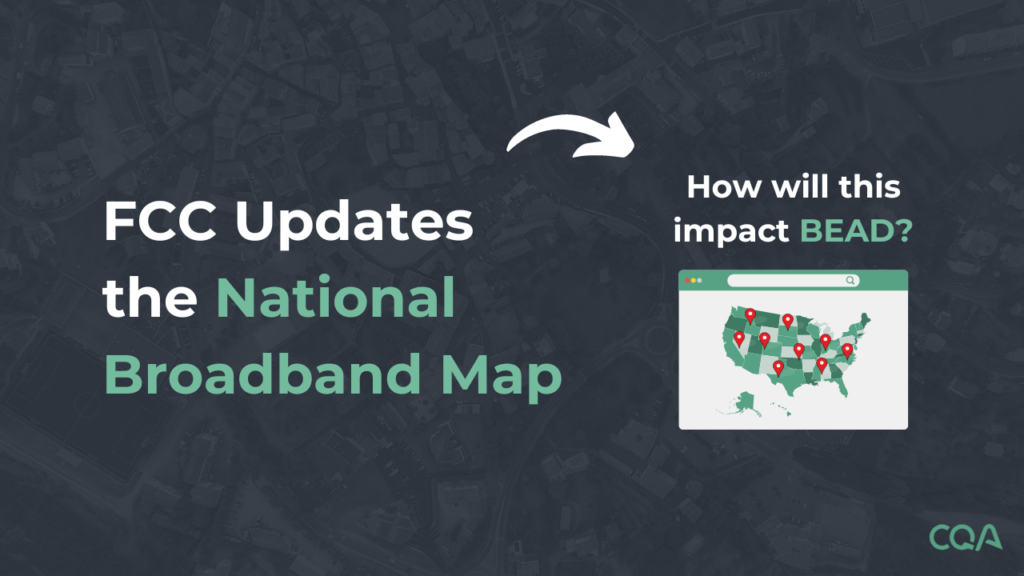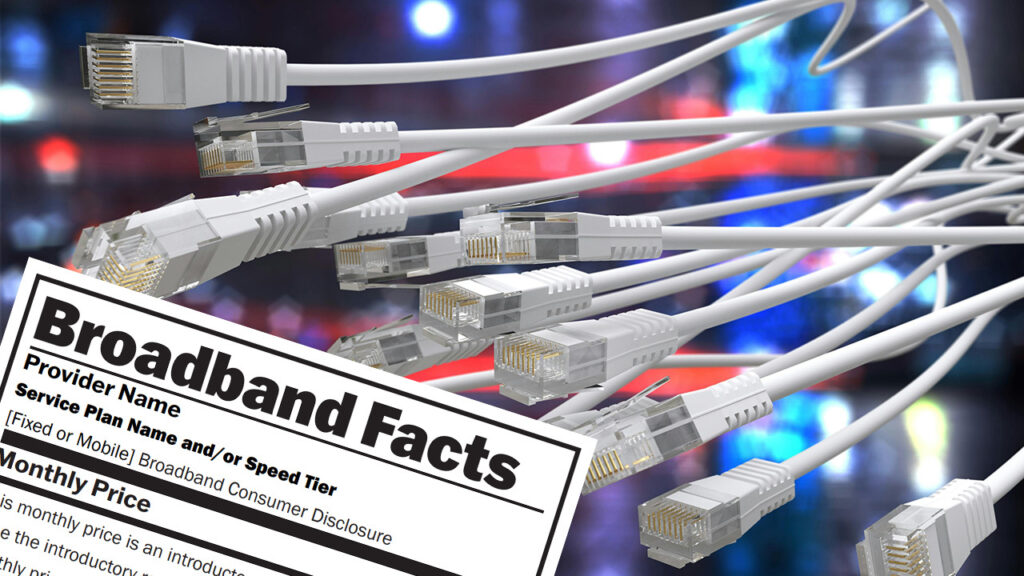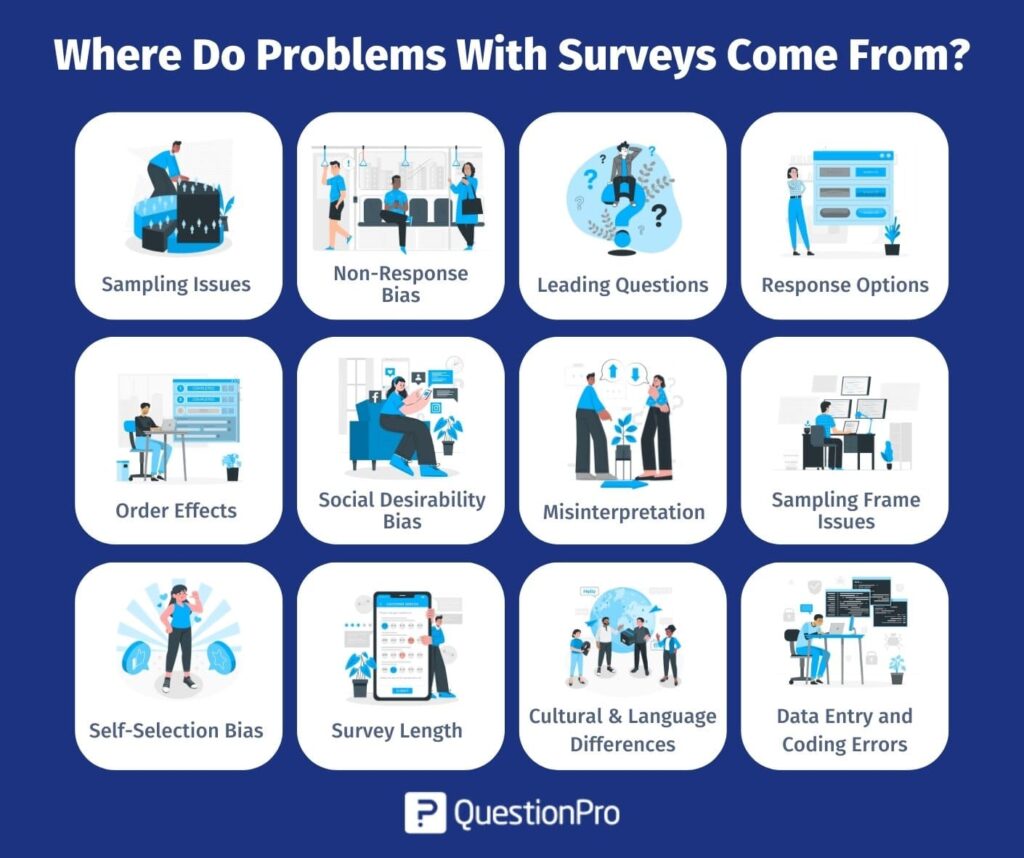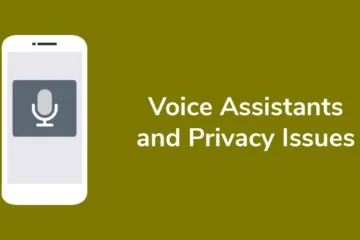FCC’s new broadband has recently released a new broadband map to provide a more accurate representation of internet accessibility across the United States. However, upon reviewing the data for San Antonio, Texas, it appears that the map may be overestimating internet availability in the area. FCC’s new broadband This discrepancy could have significant implications for individuals and businesses in San Antonio who rely on accurate broadband information for their internet connection.
1. The FCC’s new broadband map is being analyzed to understand the current state of broadband availability.
The FCC has recently unveiled an updated broadband map, which is currently undergoing thorough analysis in order to better comprehend the current landscape of broadband availability in the United States. This map plays a vital role in assessing which areas have access to high-speed internet and which are still undeserved or completely disconnected. FCC’s new broadband By incorporating more detailed data from ISPs and gathering input from local governments, communities, and individuals, the new map aims to enhance its accuracy and provide a more comprehensive view of broadband access across the country.
The main objective of this revised map is to pinpoint areas with limited broadband coverage, particularly in rural and remote areas where access to high-speed internet has been scarce. By offering a more comprehensive and precise overview of broadband availability, the map assists policymakers, service providers, and local communities in making well-informed choices about allocating funding and resources to enhance connectivity.
FCC’s new broadband The map not only identifies undeserved areas but also plays a crucial role in monitoring the progress of federal and state efforts to expand broadband access. This is particularly significant given the substantial investments by governments in broadband infrastructure, including initiatives like the Rural Digital Opportunity Fund (RDOF) and the Infrastructure Investment and Jobs Act.

The new FCC broadband map is more than just a static resource – it is designed to change and grow as more data is collected and as broadband infrastructure expands. By allowing the public to submit corrections and updates, the map ensures ongoing accuracy and transparency. Ultimately, this tool is crucial in the ongoing effort to bridge the digital divide and ensure that all Americans, regardless of their location, have access to reliable, high-speed internet.
In summary, the evaluation of the FCC’s new broadband map is an important milestone in gaining insight into the current broadband environment and allocating resources to areas in greatest need. FCC’s new broadband This tool is vital for policymakers, internet service providers, and communities as they collaborate to enhance internet accessibility nationwide.
2. FCC data is being compared with local internet service provider data to ensure accuracy.
The FCC is currently comparing its data with local internet service provider (ISP) data to verify the accuracy of the updated broadband map. This comparison is crucial because local ISPs have detailed, on-the-ground information about their service coverage areas, which may not always match the broader data sets collected by the FCC.
By comparing data from the FCC with information from ISPs, discrepancies can be found and fixed, which helps create a more accurate map of broadband availability in different areas. In rural or underserved areas, the FCC’s data may not fully reflect the actual broadband coverage, so local ISPs play an important role in verifying and improving the map’s accuracy.

It is important for the FCC and ISPs to work collaboratively to ensure that funding and infrastructure development efforts are directed to the areas that truly need it. By using accurate data, federal and state programs can prioritize regions lacking reliable high-speed internet and avoid allocating resources to areas that are already well-served.
FCC’s new broadband The comparison of data also helps to enhance transparency and trust among the FCC, ISPs, and the public. By consistently updating the map with local provider data, the FCC can guarantee that the broadband map continues to be a dependable tool for making decisions, planning policies, and addressing the digital divide.
3. Community surveys are being conducted to verify internet availability and identify any discrepancies.
FCC’s new broadband Community surveys are currently being conducted to confirm the availability of internet and to uncover any discrepancies in broadband coverage as reported by local internet service providers and the FCC’s broadband map. These surveys will gather feedback from residents regarding their real-life experiences with internet service, including its speed, reliability, and availability in their specific areas.
FCC’s new broadband Through direct community engagement, these surveys seek to gather authentic data that may not be included in official reports. Residents have the opportunity to share their experiences regarding high-speed internet access, any challenges they face with their service, and identify areas where broadband is limited or unreliable. FCC’s new broadband This grassroots method is essential for unveiling the actual status of internet connectivity, especially in rural or undeserved areas where official data may not accurately depict the reality.
Community survey data is thoroughly analyzed in conjunction with data from ISPs and the FCC to provide a more comprehensive and accurate understanding of broadband availability. If there are notable differences between what residents report and what ISPs claim to offer, it may prompt further investigation and corrective actions to ensure that residents are receiving adequate service. This could reveal instances where residents are not being served properly or where the actual service received does not align with the advertised coverage.

Additionally, community surveys play a crucial role in empowering residents by engaging them in the assessment and enhancement of their own internet access. FCC’s new broadband These surveys help identify the specific needs and challenges faced by individuals, enabling local governments and advocacy groups to better advocate for infrastructure investments and policy changes aimed at improving broadband access. Ultimately, community surveys are essential in bridging the digital divide and ensuring that everyone has access to reliable high-speed internet.
4. The FCC is being contacted for clarifications and updates to ensure accurate information.
FCC’s new broadband We are reaching out to the Federal Communications Commission (FCC) to seek clarifications and updates in order to verify accurate information about broadband availability and coverage nationwide. It is important for communities and stakeholders to work with the FCC to address any ambiguities or inconsistencies that may arise from the data reported by local internet service providers (ISPs) as they verify the data presented in the FCC’s new broadband map.
This outreach initiative is focused on gathering information about areas where residents believe their internet service is not accurately represented in the FCC’s mapping efforts. Stakeholders, such as local governments, advocacy groups, and residents, are seeking more information about the methods and criteria used by the FCC to collect and analyze broadband data. FCC’s new broadband By gaining a better understanding of how the FCC assesses broadband coverage, communities can advocate for improvements in areas where necessary.

It is important to stay in touch with the FCC for updates to ensure that the broadband map accurately reflects changes in internet infrastructure. This ongoing communication helps to hold ISPs accountable for their reported coverage and service quality, especially as new technologies are deployed and service areas expand or contract.
FCC’s new broadband Communities are actively seeking clarifications from the FCC in order to foster a more transparent and responsive relationship with the agency. This collaboration is aimed at working together to close the digital divide, ultimately enhancing the accuracy of broadband data and supporting informed policy decisions and funding allocations for expanding internet access to undeserved areas. Ensuring accurate information is crucial for developing effective strategies to improve connectivity and access to high-speed internet for all citizens.
5. San Antonio residents are being educated on how to report inaccurate data to improve the accuracy of the broadband map.
The residents of San Antonio are receiving education on how to report inaccurate data to improve the accuracy of the FCC’s broadband map. FCC’s new broadband This initiative is essential for ensuring that the data accurately represents the state of internet accessibility in the area, which in turn allows for more effective policy-making and resource allocation. To inform residents about the importance of accurate broadband mapping and their role in it, community workshops, informational sessions, and outreach campaigns are being organised as part of this educational effort.
FCC’s new broadband Residents receive assistance in recognizing issues with their internet service, like when they can’t access the speeds or services promised by their local ISPs. They are instructed on how to collect evidence of their actual internet performance, such as running speed tests and recording service outages. This is crucial information for building a strong case to the FCC and local authorities about the deficiencies in current broadband coverage.

Furthermore, residents will receive guidance on how to report these inaccuracies through various channels such as online forms, local government offices, and community organizations focused on digital equity. This initiative aims to promote community engagement and collaboration by equipping residents with the knowledge and resources needed to address the digital divide.
FCC’s new broadband This grassroots approach is crucial for improving the accuracy of the broadband map and empowering residents to advocate for better internet services in their neighbourhoods. As more community members participate in reporting, it increases the likelihood that the FCC will address under reported areas and improve overall broadband access. Ultimately, this educational effort is a vital step toward creating a more connected San Antonio and ensuring that all residents have access to reliable and high-quality internet services.
6. Local government is being worked with to improve broadband accessibility in the area.
The local government is working closely with different groups to improve broadband access in the area. This collaboration is important for creating plans that address the digital divide and guarantee that everyone has high-speed internet. By teaming up, government officials, community organizations, ISPs, and residents can pinpoint the obstacles to broadband access and create effective solutions.
FCC’s new broadband The local government is currently assessing the various challenges faced by different neighborhoods, including infrastructure limitations, lack of competition among ISPs, and economic disparities impacting residents’ ability to afford internet services. These assessments are crucial in identifying priority areas that require immediate attention and resource allocation.

Local government initiatives encompass a wide range of activities beyond just data analysis. These may include advocating for state and federal funding to support broadband expansion projects, establishing partnerships with ISPs to incentivize infrastructure development in underserved areas, and creating community programs aimed at increasing digital literacy among residents. By providing training and resources, these programs ensure that residents are equipped to fully utilize the internet once access is improved.
Local government efforts include actively involving residents in gathering feedback on their internet needs and experiences. This is done through public forums, surveys, and outreach events, which provide community members with the opportunity to express their concerns and suggest improvements. This approach aims to foster a sense of ownership and participation in the decision-making process.
The local government is working with partners and the community to improve broadband accessibility, which is crucial for bridging the digital divide and fostering economic growth. These initiatives aim to create a more connected and equitable community, enhancing the quality of life for all residents.
Interested in Reading My Article On:Hurricane Helene has had a significant impact on semiconductor production.



